The Rise of AI Bots: Revolutionizing Humanoid Robotics in 2025
Published: 2025-09-17
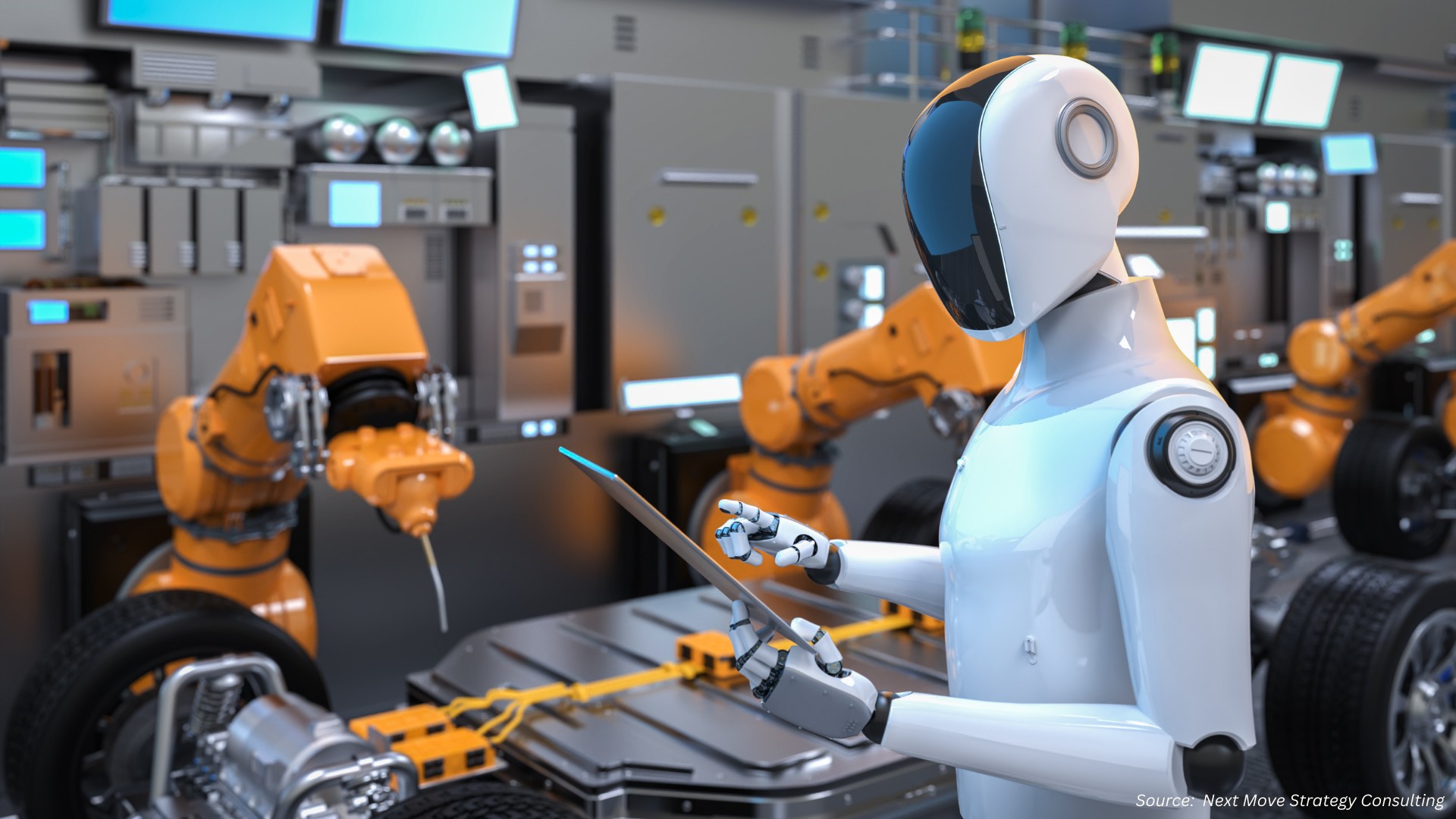
Artificial intelligence (AI) bots are transforming industries in 2025, moving beyond sci-fi into reality. Key innovations, showcased at the 2025 World Robot Conference in Beijing, include Kaiwa Technology’s pregnancy humanoid robot and the World Humanoid Robot Games, alongside advancements in agricultural robotics.
According to the report by Next Move Strategy Consulting, the global Artificial Intelligence (AI) Bots Market size is predicted to reach USD 177.41 billion by 2030 with a CAGR of 47.2% from 2020-2030.
These developments highlight AI’s impact on human reproduction, agriculture, and practical applications.
Kaiwa Technology’s Pregnancy Humanoid Robot: A New Frontier
Imagine a robot that can carry a baby to term. That is exactly what Kaiwa Technology, a Guangzhou-based company, is working toward. At the 2025 World Robot Conference in Beijing, they unveiled plans for the world’s first humanoid robot with artificial womb technology, set to launch in 2026 at a price point below $13,900.
How It Works
The robot features an artificial womb embedded in its abdomen, designed to replicate the natural gestation process with the goal of nurturing a fetus from conception to delivery. This system uses artificial amniotic fluid and nutrient delivery tubes, though further development is needed to support full-term pregnancy, building on existing partial-gestation technologies. According to Kaiwa’s founder, Zhang Qifeng, the technology mimics the biological environment of a human womb, offering a potential alternative for those who face challenges with traditional pregnancy.
-
Key Features:
-
Artificial womb with nutrient delivery system
-
Humanoid form for human-robot interaction
-
Targeted at infertility treatment and pregnancy alternatives
-
Priced under 100,000 yuan ($13,900) for accessibility
-
Ethical and Regulatory Considerations
This technology is not without controversy. Kaiwa Technology is in discussions with Guangdong Province authorities to address ethical and legal concerns. Proposals have been submitted to create a regulatory framework, ensuring the technology is used responsibly. The company aims to complete a prototype by 2026, maintaining affordability while navigating these complex issues.
Scientific Roots
The concept builds on prior research, such as the 2017 “biobag” system by the Children’s Hospital of Philadelphia, which successfully supported a premature lamb for four weeks using artificial amniotic fluid. Kaiwa’s innovation takes this further, aiming to support full-term pregnancy in a humanoid robot.
Kaiwa Technology’s pregnancy humanoid robot represents a bold step in reproductive technology. By integrating artificial womb systems into a humanoid form, it offers new possibilities for infertility treatment, though ethical questions remain.
-
Takeaways:
-
Launch planned for 2026 at under $13,900.
-
Artificial womb mimics natural gestation.
-
Ethical discussions ongoing with regulators.
-
GEAIR: AI-Powered Breeding Robots for Agriculture
While Kaiwa pushes boundaries in human reproduction, the GEAIR AI-powered breeding robot, developed by the Chinese Academy of Sciences, is revolutionizing agriculture. Also showcased at the 2025 World Robot Conference, GEAIR combines AI, biotechnology, and robotics to enhance crop breeding.
Technology Breakdown
GEAIR uses gene editing to create male-sterile flowers, enabling efficient hybrid seed production through robotic pollination. The system integrates “de novo domestication” and “speed breeding” techniques, forming an autonomous breeding factory.
-
Core Components:
-
AI-driven robotic pollination
-
Gene-edited male-sterile soybean systems
-
Closed-loop autonomous breeding operations
-
Focus on reducing costs and shortening breeding cycles
-
Impact on Agriculture
GEAIR’s technology has been applied to soybeans, potentially boosting China’s hybrid breeding capacity and crop yields. By automating pollination and breeding, it reduces labor costs and accelerates production, positioning China as a leader in agricultural innovation.
GEAIR demonstrates how AI bots can transform agriculture by automating and optimizing breeding processes. Its integration of AI and biotechnology sets a new standard for efficiency in crop production.
-
Takeaways:
-
Enhances hybrid seed production with robotic pollination.
-
Reduces costs and speeds up breeding cycles.
-
Strengthens China’s agricultural innovation.
-
Who Are the Key Players Driving the Global AI Bots Market?
The global artificial intelligence bots market is highly competitive, with leading companies adopting strategies such as mergers & acquisitions, partnerships, and technological innovations to secure long-term growth. Major players in this space include Alphabet Inc., Apple Inc., Amazon Web Services, Salesforce, IBM Corporation, HP Inc., Oracle Corporation, SAP SE, Nvidia Corporation, Microsoft Corporation, and Intel Corporation.
World Humanoid Robot Games: AI Bots in Action
The 2025 World Humanoid Robot Games, held from Friday to Sunday at Beijing’s National Speed Skating Oval, brought AI bots to the global stage, showcasing their potential in sports and practical applications. The event featured 500 bipedal robots from 16 countries competing in 26 events, from soccer to tai chi.
Robots in Sports
The games highlighted the agility, endurance, and battery life of humanoid robots. While some robots stumbled or broke down, the focus was on testing their capabilities. For example, robots performed tai chi with smooth upper-body movements, impressing judges despite limited preparation time.
-
Events Included:
-
Soccer, kickboxing, and running
-
Tai chi with rhythmic movements
-
Practical tasks like sorting medicine and hotel concierge duties
-
Real-World Applications
Beyond sports, the games showcased robots designed for practical roles. StarBot, a California-based company, presented robots based on the Chinese Unitree model, excelling in restaurant tasks like taking orders and delivering food. These robots aim to integrate into homes, hotels, and restaurants in the future.
China’s AI Ambitions
|
Topic |
Details |
|
China’s AI Investment |
Backed by billions in state |
|
U.S. vs China Focus |
U.S. leads in high-end |
|
Projected Humanoid Robots (2050) |
China: 302.3 million |
|
World Humanoid Robot |
Showcased AI bots’ |
|
China’s Ambition |
State-backed efforts highlight |
-
Takeaways:
-
500 robots competed in 26 events, testing agility and endurance.
-
Robots excelled in tasks like restaurant service and tai chi.
-
China aims to dominate with 302.3 million robots by 2050.
-
The Bigger Picture: AI Bots and Global Competition
The developments from Kaiwa Technology, GEAIR, and the World Humanoid Robot Games reflect a broader trend: the global race for AI dominance. China’s state-driven approach contrasts with the U.S.’s market-driven model, with both nations vying to shape AI’s future. While China invests heavily in mass production, the U.S. maintains an edge in compute capacity, critical for scaling AI systems.
Challenges Ahead
Despite these advancements, AI bots face hurdles. Robots at the games lacked robust AI “brains,” limiting their ability to think independently. Similarly, Kaiwa’s artificial womb technology requires further development to support full-term pregnancy, and ethical concerns must be addressed.
AI bots are advancing rapidly, but challenges like independent thinking and ethical considerations remain. The U.S.-China rivalry will shape the future of these technologies.
-
Takeaways:
-
China and U.S. compete in AI development strategies.
-
Independent AI thinking is a key barrier.
-
Ethical frameworks are critical for new technologies.
-
Next Steps: How to Engage with AI Bots in 2025
The developments showcased at the 2025 World Robot Conference and World Humanoid Robot Games highlight the growing role of AI-driven robotics in fields like reproduction, agriculture, and service industries. Based on these advancements, here are actionable steps to stay informed and engaged with AI bot technologies, as inspired by the events and innovations reported:
-
Attend or Follow Robotics Conferences and Events: The 2025 World Robot Conference in Beijing showcased groundbreaking technologies like Kaiwa Technology’s pregnancy humanoid robot and GEAIR’s agricultural breeding system. Similarly, the World Humanoid Robot Games demonstrated robots in sports and practical tasks. Stay updated by attending or following similar industry events to learn about the latest AI and robotics innovations.
-
Explore Agricultural Robotics Applications: GEAIR’s AI-powered breeding robot, presented at the 2025 World Robot Conference, enhances hybrid seed production for crops like soybeans, reducing costs and breeding cycles. Agricultural businesses can investigate similar AI-driven robotic systems to improve efficiency and crop yields.
-
Monitor Ethical and Regulatory Developments for Reproductive Technologies: Kaiwa Technology’s artificial womb robot, announced at the 2025 World Robot Conference, is undergoing ethical and regulatory discussions with Guangdong Province authorities. Stay informed about these deliberations to understand the societal and legal implications of AI-driven reproductive technologies.
-
Engage with Service-Oriented Robotics Developments: The World Humanoid Robot Games featured robots, such as those from StarBot, performing service tasks like restaurant order-taking and delivery. Businesses in hospitality or customer service can explore partnerships or trials with companies developing similar robots to enhance operational efficiency.
-
Track Global AI and Robotics Trends: The U.S.-China AI race, highlighted by China’s state-backed investments and the U.S.’s focus on high-end research, was evident at the World Humanoid Robot Games. Monitor industry reports, such as those from Morgan Stanley predicting China’s 302.3 million humanoid robots by 2050, to understand the global trajectory of AI and robotics development.
About the Author
 Nitrishna Sonowal is a skilled SEO Executive and Content Writer with over 3 years of experience in the digital marketing industry. With a deep understanding of the ever-evolving digital landscape, she blends analytical insights with creative storytelling to deliver impactful digital solutions. She creates content that resonates with both clients and readers alike. Outside of work, she enjoys dancing, baking, and traveling to new places. The author can be reached at [email protected].
Nitrishna Sonowal is a skilled SEO Executive and Content Writer with over 3 years of experience in the digital marketing industry. With a deep understanding of the ever-evolving digital landscape, she blends analytical insights with creative storytelling to deliver impactful digital solutions. She creates content that resonates with both clients and readers alike. Outside of work, she enjoys dancing, baking, and traveling to new places. The author can be reached at [email protected].
About the Reviewer
 Sanyukta Deb is a skilled Content Writer and Digital Marketing Team Leader, specializing in online visibility strategies and data-driven campaigns. She excels at creating audience-focused content that boosts brand presence and engagement, while also pursuing creative projects and design interests.
Sanyukta Deb is a skilled Content Writer and Digital Marketing Team Leader, specializing in online visibility strategies and data-driven campaigns. She excels at creating audience-focused content that boosts brand presence and engagement, while also pursuing creative projects and design interests.
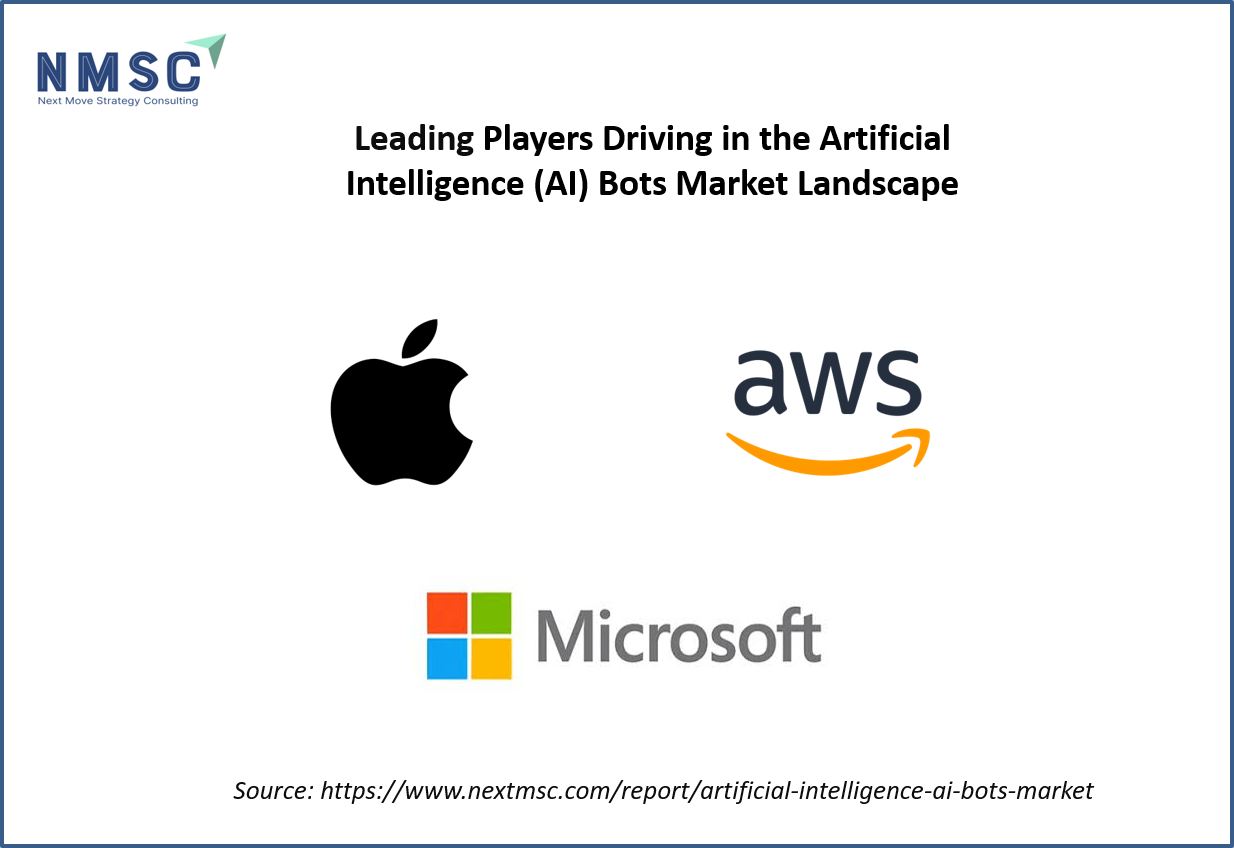








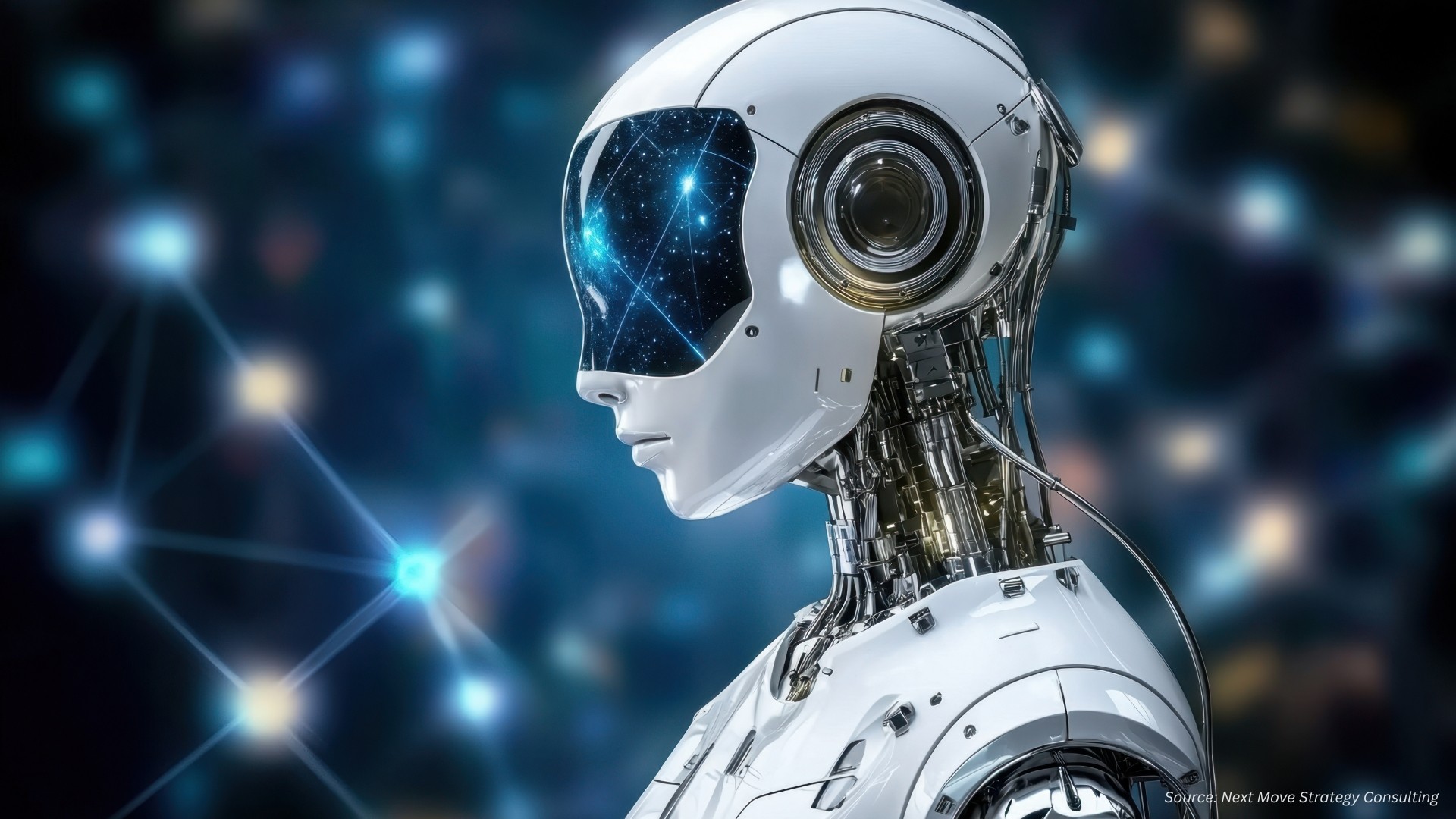

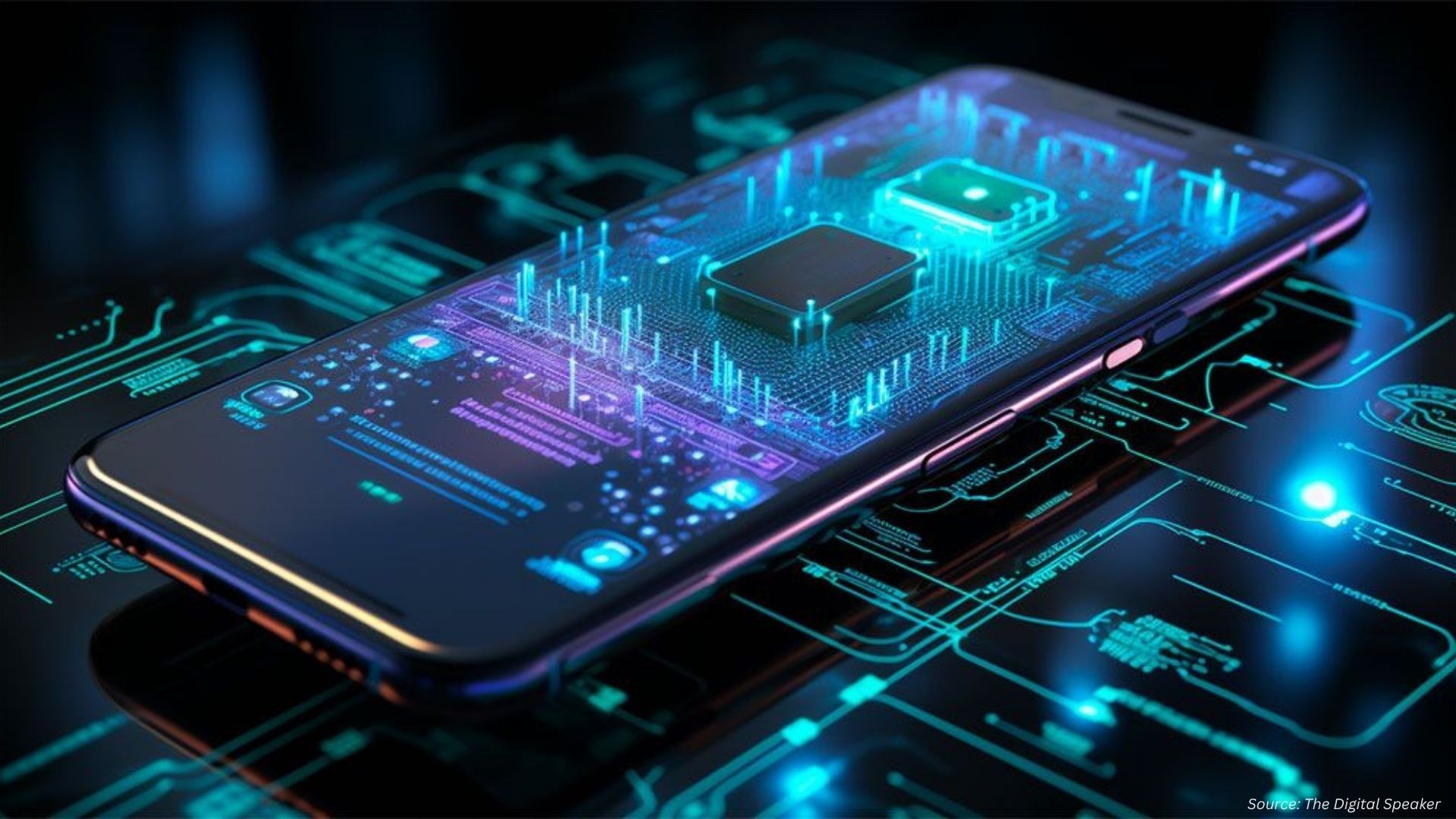
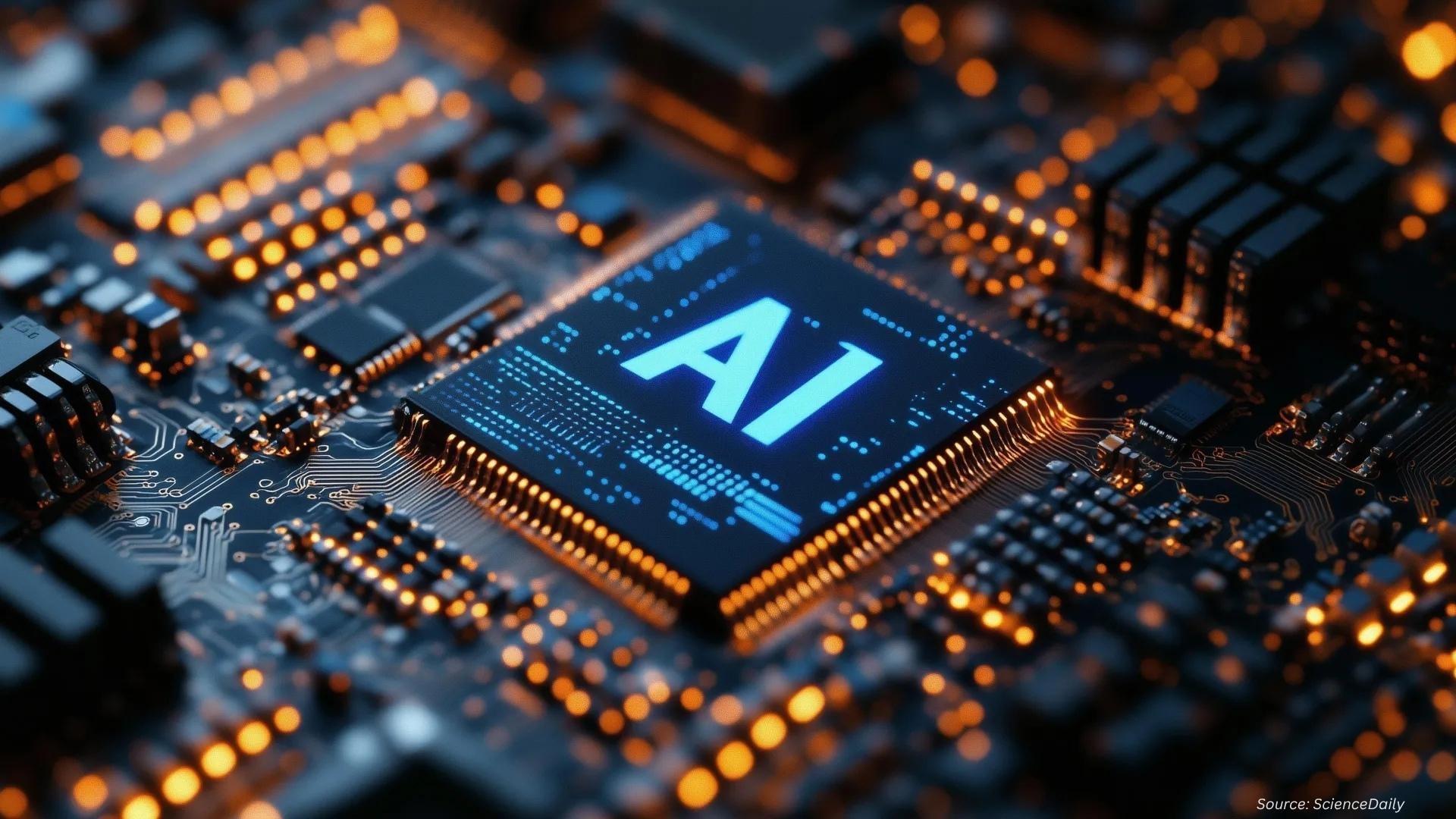




Add Comment